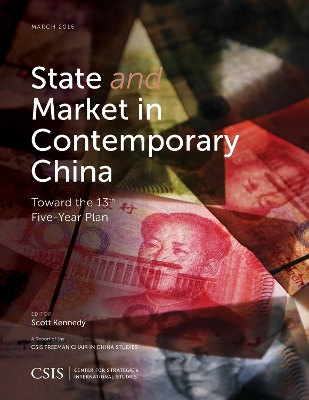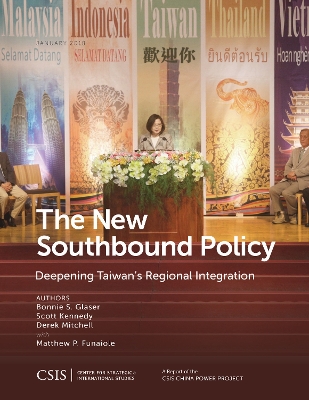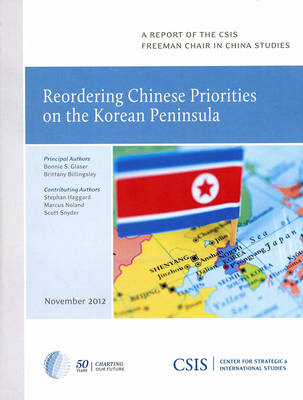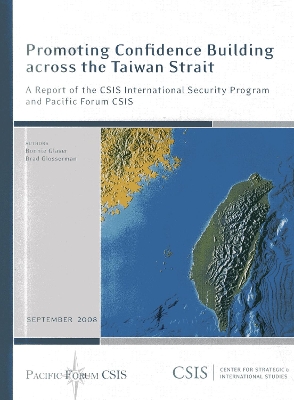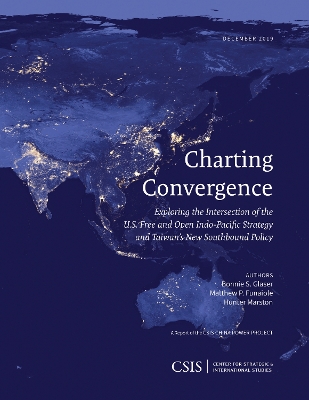CSIS Reports
7 total works
This study examines China's 13th Five-Year Plan, the most authoritative strategic blueprint for the country's economic policies under Xi Jinping. The plan seeks to rebalance the economy toward more advanced technologies, greater environmental protection, and a stronger social safety net. However, it does not fundamentally rebalance the relationship between state and market, with the government and Chinese Communist Party still left with significant tools to micromanage most aspects of the economy. Unless greater emphasis is given to shifting this balance, the most likely result will be "growth with volatility," in which some Chinese companies move up the value-added chain, but without fundamentally improving the country's overall efficiency and performance.
The short essays in this volume, contributed by leading experts on Chinese economic policy, provide crisp and insightful analyses of the Chinese state's approach toward markets, the role of key actors and institutions, the evolving nature of industrial policy and the effectiveness of China's international commitments to constrain such practices, and a preview of the likely contents and significance of China's 13th Five-Year Plan.
Decoding China's Emerging "Great Power" Strategy in Asia
by Christopher K. Johnson
Published 5 June 2014
China's reemergence as a great power over the next few decades represents the primary strategic challenge for the U.S.-Japan security alliance and for the East Asian security landscape writ large. A clearer understanding of the fundamental underpinnings and trajectory of China's foreign policy and security strategies toward the region is necessary to navigate these challenges and assure stability and prosperity in Asia. As such, this report seeks to illuminate the new Chinese leadership's preoccupations, priorities, and policy predilections so that key stakeholders in East and Southeast Asia can determine how they can contribute both individually and collectively to keeping Asia safe and prosperous in a period of great uncertainty and diminishing resources.
The New Southbound Policy
by Bonnie S. Glaser, Scott Kennedy, and Derek Mitchell
Published 30 January 2018
In a concerted effort to expand Taiwan's presence across the Indo-Pacific, President Tsai Ing-wen has introduced the New Southbound Policy (NSP) to strengthen Taipei's relationships with the 10 countries of the Association of Southeast Asian Nations (ASEAN), six states in South Asia (India, Pakistan, Bangladesh, Nepal, Sri Lanka, and Bhutan), Australia, and New Zealand. The policy is designed to leverage Taiwan's cultural, educational, technological, agricultural, and economic assets to enhance Taiwan's regional integration. This report tracks the ongoing implementation of the NSP and assesses what has been achieved since Tsai was elected in January 2016.
Reordering Chinese Priorities on the Korean Peninsula
by Bonnie S. Glaser and Brittany Billingsley
Published 14 January 2013
Promoting Confidence Building across the Taiwan Strait
by Bonnie S. Glaser and Brad Glosserman
Published 10 November 2008
Charting Convergence
by Bonnie S. Glaser, Matthew P. Funaiole, and Hunter Marston
Published 24 March 2020
Ongoing geopolitical shifts are placing increased pressure on the rules-based international order that has facilitated decades of growth and development across the Indo-Pacific. The United States and Taiwan have responded by redoubling their respective commitments to the region. Leaders in both Washington and Taipei recognize that securing freedom and openness across this vast geographic space is essential for maintaining peace and promoting prosperity across the region.
The United States has advanced its vision for the region through the Free and Open Indo-Pacific (FOIP) strategy, which is founded on-and aims to protect-common principles that have benefitted all countries in the region. Taiwan upholds the same principles and has a similar vision for the Indo-Pacific. To this end, Taipei is implementing the New Southbound Policy (NSP), which seeks to leverage its cultural, educational, technological, agricultural, and economic assets to strengthen Taiwan's relations across the Indo-Pacific.
The United States has advanced its vision for the region through the Free and Open Indo-Pacific (FOIP) strategy, which is founded on-and aims to protect-common principles that have benefitted all countries in the region. Taiwan upholds the same principles and has a similar vision for the Indo-Pacific. To this end, Taipei is implementing the New Southbound Policy (NSP), which seeks to leverage its cultural, educational, technological, agricultural, and economic assets to strengthen Taiwan's relations across the Indo-Pacific.

